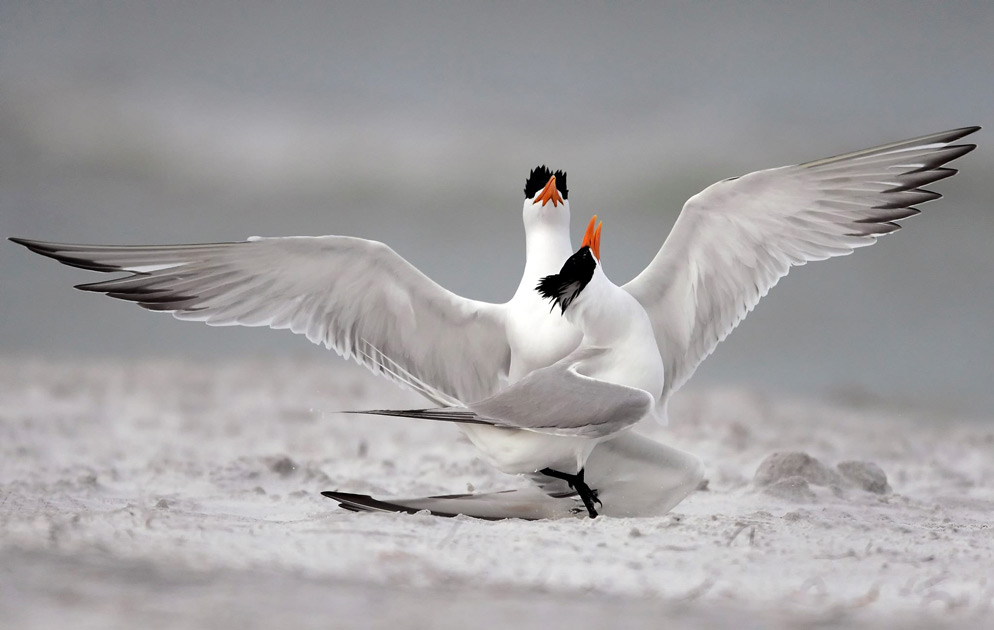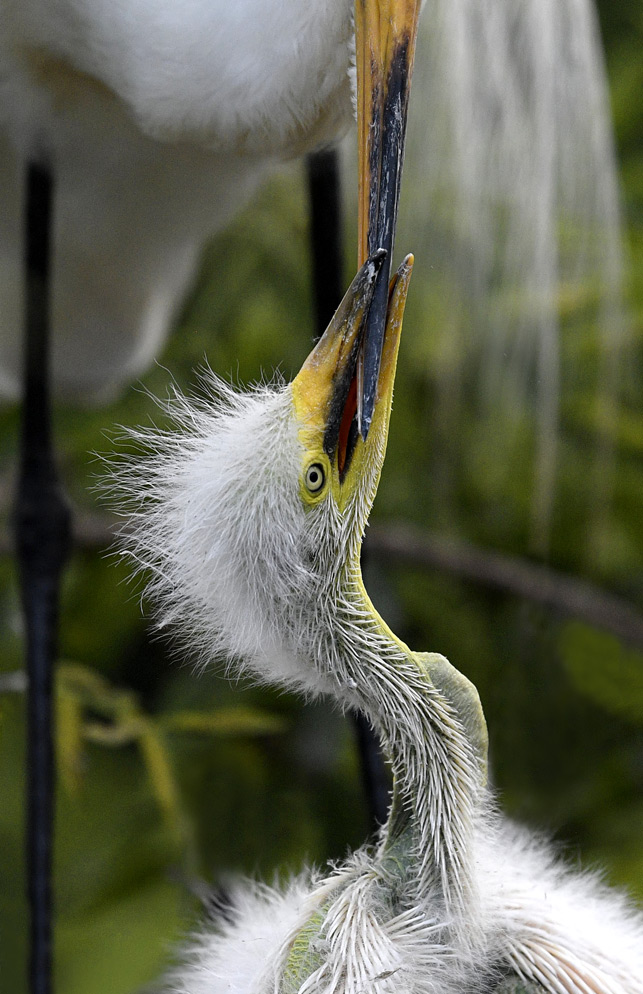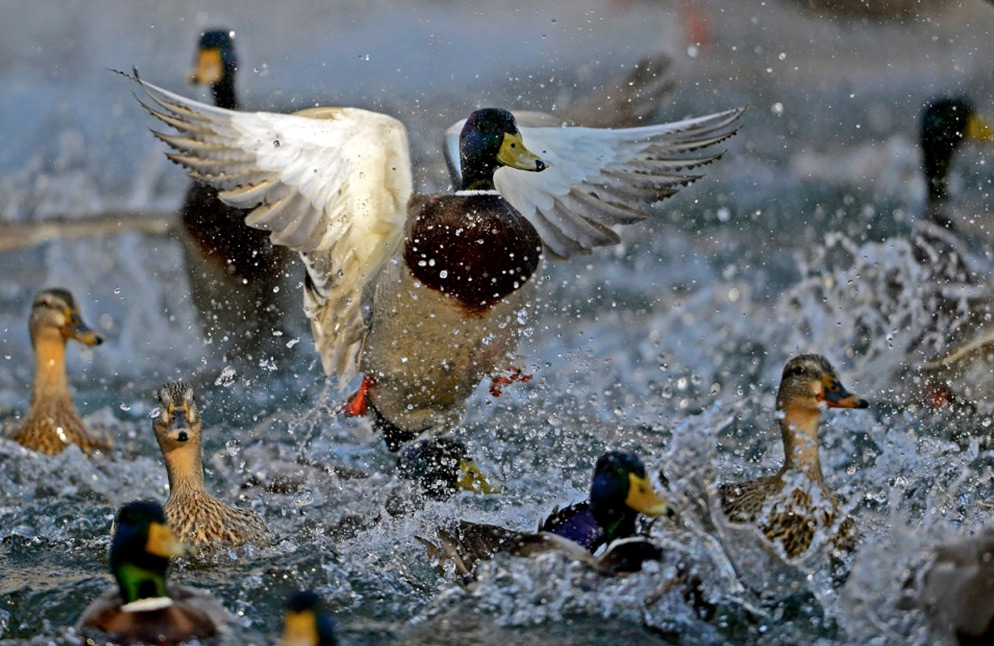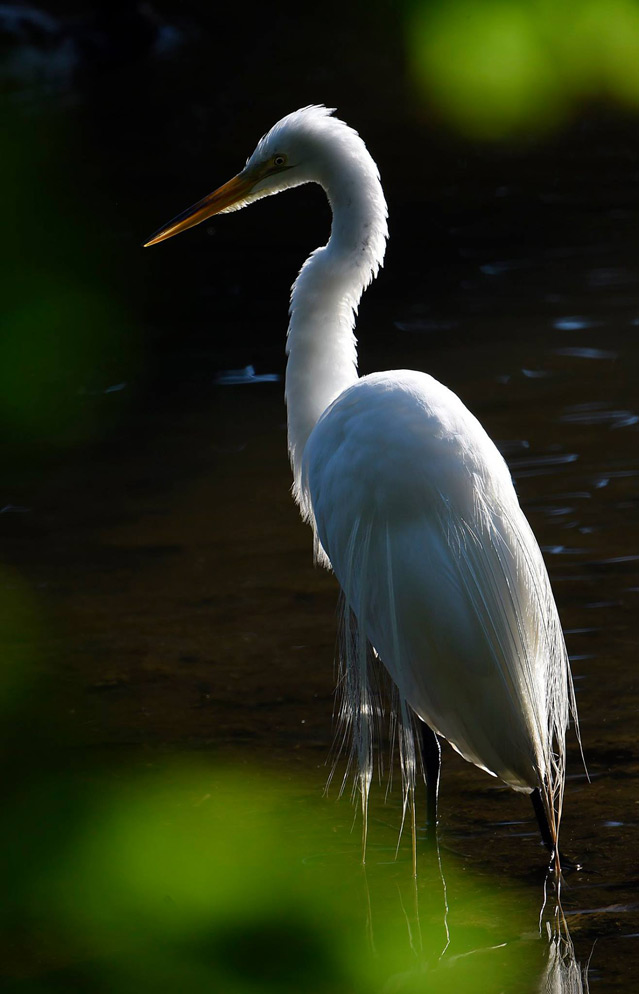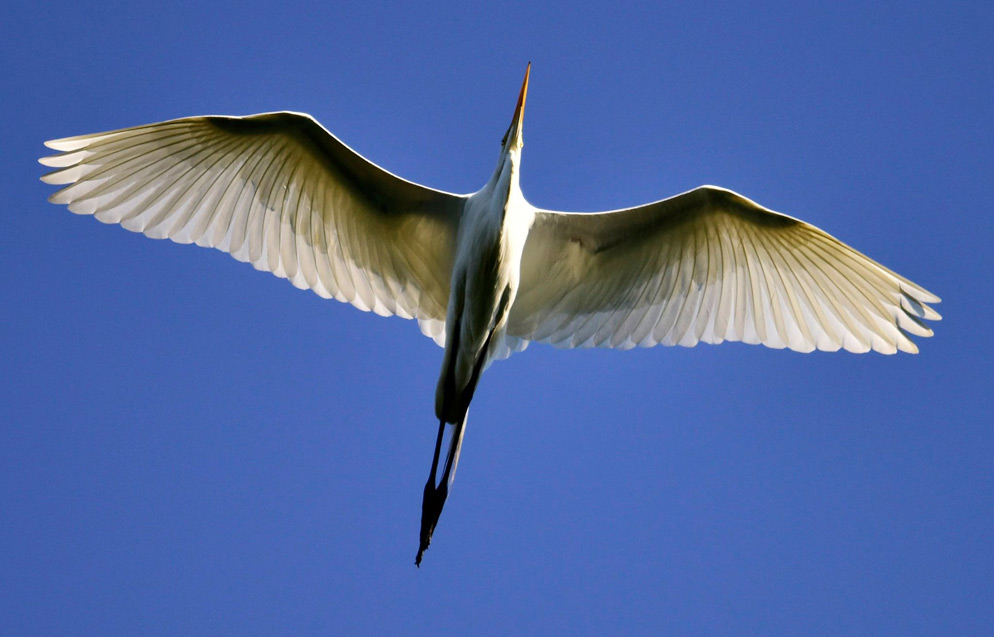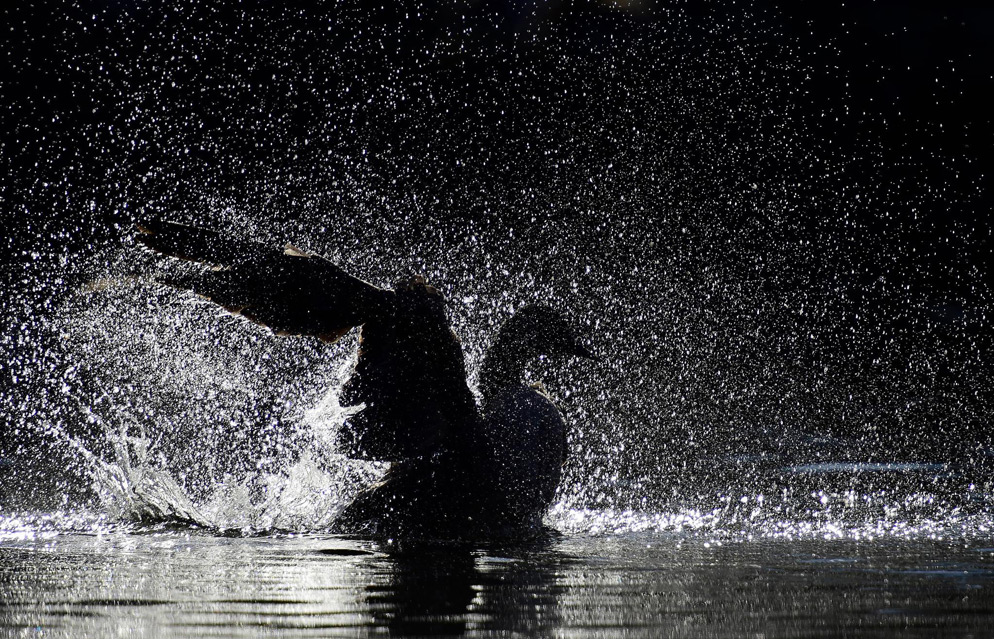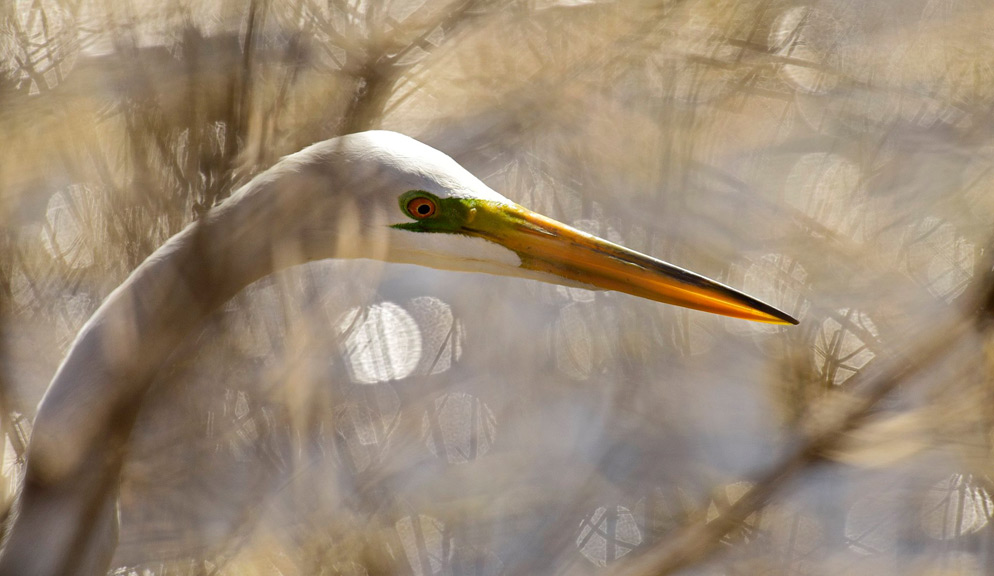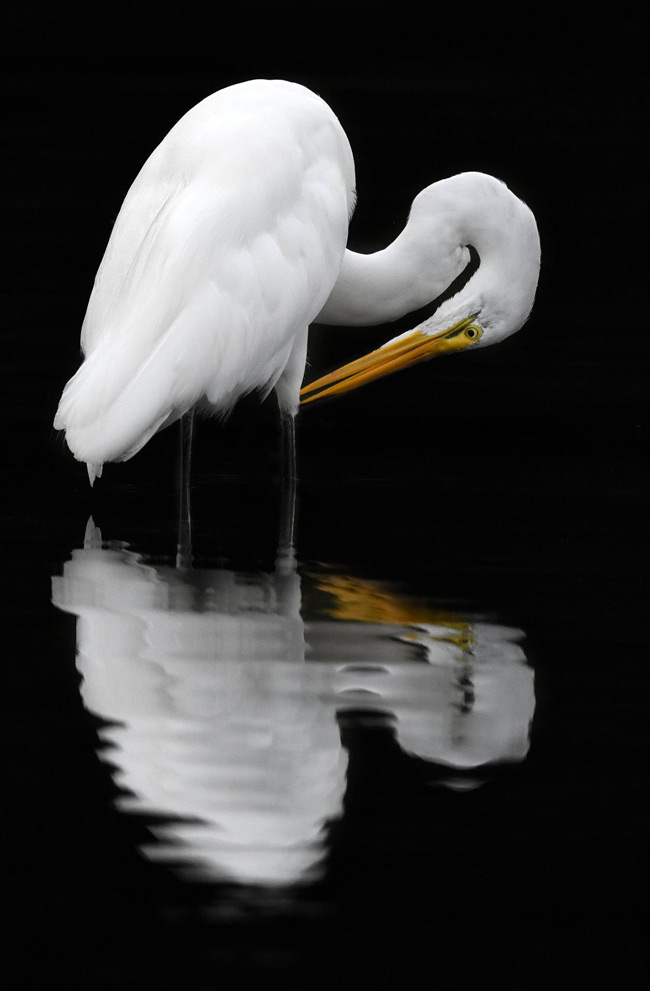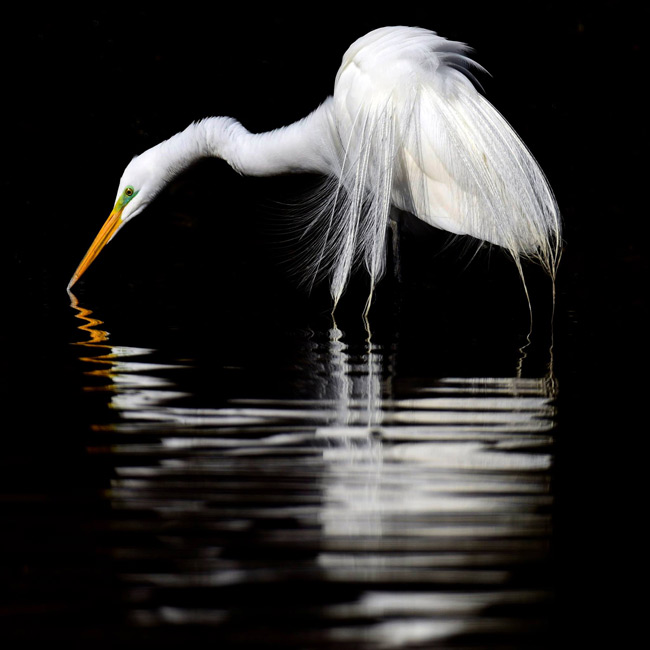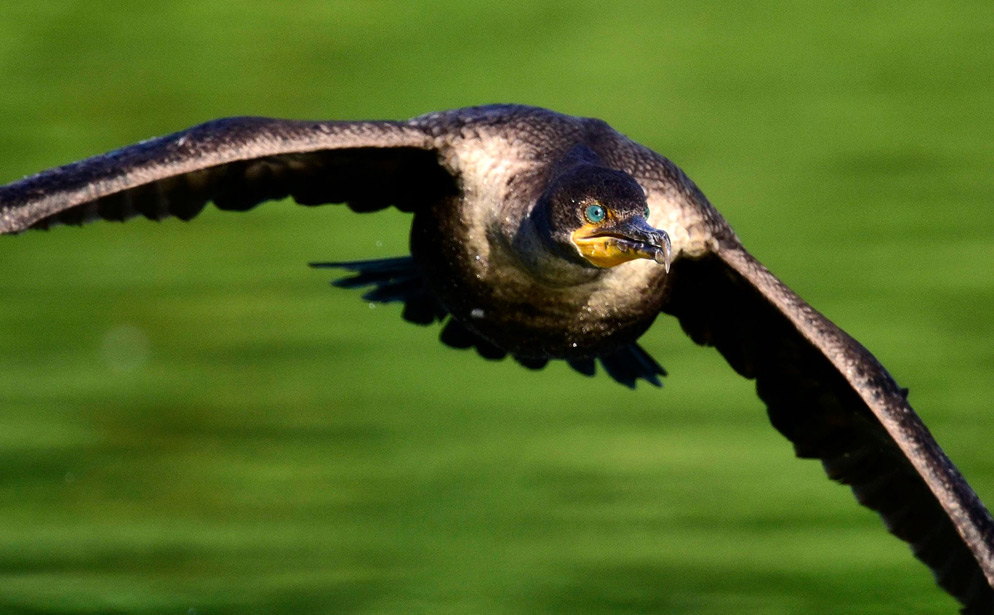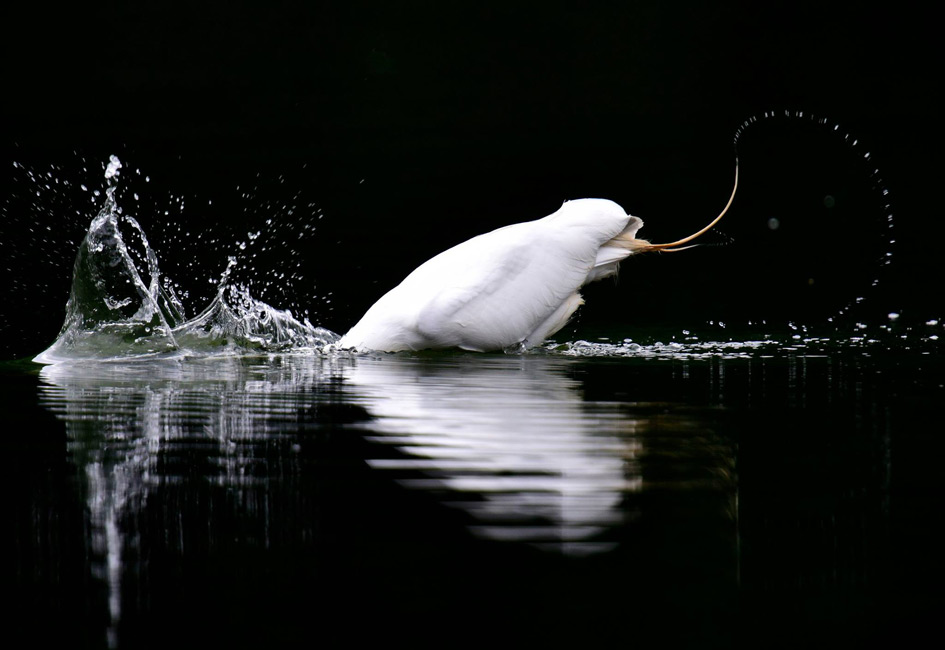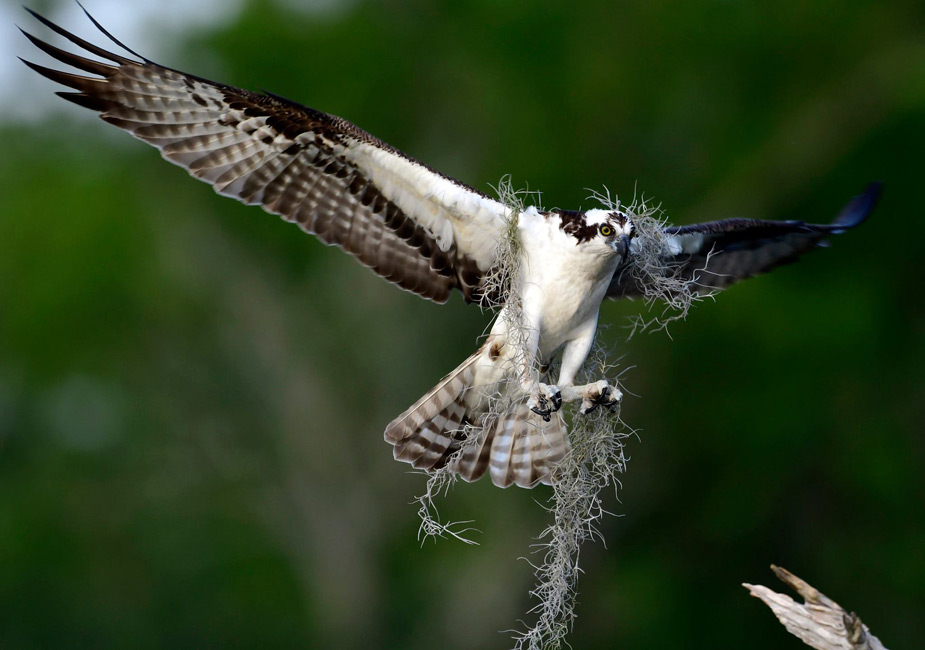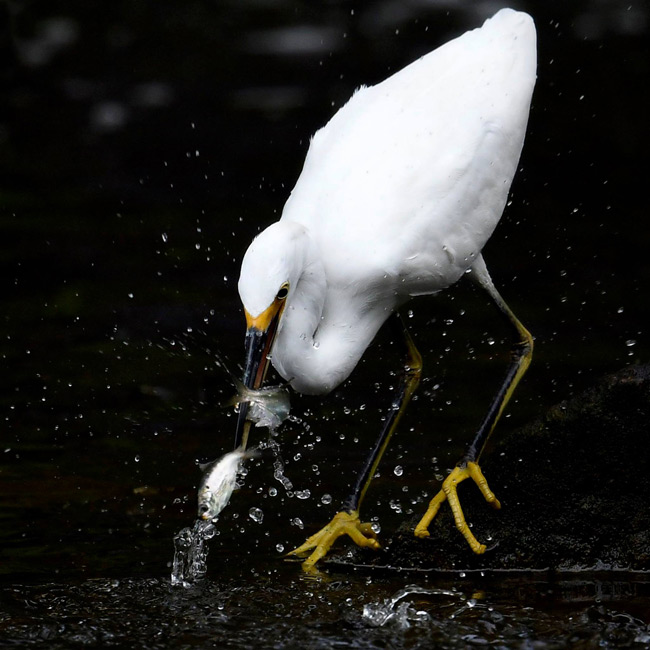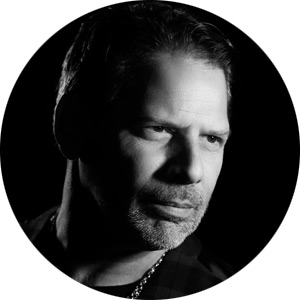Personal Project: The Art and Craft of Photographing Birds
If you love photography, the personal project is a gift you give yourself—a gift of permission to pursue whatever serious or fanciful subject catches your imagination. That's the beauty of it: the personal project exists for its own sake.
This is the first in an occasional series of stories on personal projects and the photographers who love them.
Mike Corrado's long-time interest in the water fowl of Avalon Park & Preserve in Stony Brook, New York, began with frequent visits to the location with his family. The park is near his home, it's got a great walking trail and, not the least, he discovered it was ideal for photography—which is not only Mike's passion, it's his profession: he's Sr. Manager; Pro Relations & Marketing Business Development for Nikon.
At the start, Avalon was simply a peaceful place to go, which is no small consideration for a person with a high-activity job. Then it became a peaceful place to go and take pictures—"to get away for a few hours," Mike says, "quiet and alone with the birds and the camera."
So just for fun, and to see what results he could get, he began photographing the common birds—the ducks, geese and swans. Then he discovered there were also cormorants, egrets and herons—"the slightly more exotic birds that would frequent the area only in warmer weather."
What kicked things into high gear was a certain area—"in the brush, behind an embankment"—that was full of birds. It was there he noticed a nesting swan and found he couldn't wait until the eggs hatched and the cygnets—the young swans—were out.
Take It Up a Notch
Along with increased possibilities came the desire to make more interesting, artistic images. That's the way of the personal project: you generally start with standard, documentary-type photographs—a nicely-lit portrait of a heron, let's say. Then you start to go deeper. You learn about migration patterns and feeding habits; you note the effect of the light at particular times of day and during seasons of the year.
"I started to follow the seasons as far as the types of birds," Mike says, "and I realized the opportunities for really interesting images were pretty much endless. The more I got into it, the more places I found where I could ruin a pair of shoes."
He knew he was really hooked when he began to show up at the park on zero-degree winter mornings. "I began to feel very uncomfortable not being there—I kept thinking about the pictures I was missing."
I discovered what could be done at different times of day. I noted the patterns of behavior, and I really dug into studying those behaviors on the internet and by talking to photographers who were experts.
"Here the wind was up a bit, so the reflection was more abstract and more interesting." D810, AF-S NIKKOR 500mm f/4G ED VR with AF-S Teleconverter TC-20E III, 1/2000 second, f/7.1, ISO 200, manual exposure, Matrix metering.
The Finer Points
He began to get to the details of photographing the water birds, to the subtleties beyond just pretty pictures. "I discovered what could be done at different times of day. I noted the patterns of behavior, and I really dug into studying those behaviors on the Internet and by talking to photographers who were experts."
Like anything else you photograph, the more you know, the more you can anticipate and take advantage of opportunities.
"You start to see the accents of light," Mike says. "You see the birds turn into the sun when they come down, and you work with backlighting when the birds are preening or washing—the water spray is amazing. There's art and action, and all the opportunities of light, color and reflection."
He learned to follow the cycles of the tide pools. "When the tides are down you'll get the best photos of the birds digging worms out of the mud. When the water's a foot or two high, you'll get your best fishing pictures—the egrets will rip fish out of the water, one after another, snatch and swallow, again and again.
"The light's good, the moment's good—if I'm there, I'll make pictures."
Essential Skills, Necessary Gear
Bird photography is action photography. The subjects are fast, skittish and unpredictable even when you study their habits and tendencies, so Mike's experience photographing sports, wildlife and rock concerts came in handy. He needed to anticipate, move quietly and react quickly. He needed to smoothly pan with his subject. And he needed to hand hold his camera. "No tripod head will allow me to go straight up into the sky as quickly as I need to."
Most of the time he shoots with a 400, 500 or 600mm lens, often with a teleconverter. One of his favorite combinations is the D7200, the AF-S NIKKOR 80-400mm f/4.5-5.6G ED VR and an AF-S Teleconverter TC-14E II. "The toughest combination I ever hand held was a 600mm NIKKOR with a 2X teleconverter," Mike says. "I'll often push the ISO in order to shoot at 1/1000 or 1/1500 second so I can make that kind of hand holding happen."
He suspects that the world's best birding photographers wouldn't agree with his no-tripod decision, but he'll choose maneuverability over steadiness every time—and make it up in shutter speed.
He takes full advantage of Nikon's cutting-edge technology by setting his cameras for autofocus tracking, group area AF and continuous advance at the highest frame rates. "The birds don't have all the advantages," he says.
The Hard Truths
But they have enough.
"A lot of times you'll get the pictures; a lot of times you won't," Mike says. "It's the nature of the subjects—they have the speed and unpredictability to elude and to frustrate."
So it's important and encouraging to have some success early on. "I did a lot of bird portraits—they were moving, but they weren't in flight. They're were feeding, gliding along, looking around—but if I took one step too many, they were gone. I did a lot of standing or crouching with the camera at my eye, waiting, or maybe inching forward and peering around the viewfinder a bit."
You can be out for a long time with nothing much happening; sometimes the day just doesn't work for photography. But you should have a decent amount of patience, and only you can define what "decent" is. "I've been out for hours and nothing happens," Mike says. "Then one egret shows up, and then a second egret, and all of a sudden they start feeding and I start taking pictures."
Sometimes it's the other way around. "I'm figuring on 15 or 20 minutes at the park, maybe a half hour, and the egrets all show up at low tide and start feeding. I can't walk away from that, and 15 or 20 minutes becomes four hours later." Fortunately, his family understands his passion to the point that he doesn't have to keep saying, "Oh, maybe just a half hour or so."
Mike says there's no end to the project. "I want to keep photographing wherever I have the opportunity. I have a lot of images, but I want more images with impact, more five-star photographs. And looking at the images I've taken, I relive the moments I took them, and that brings me back to the peaceful place."

